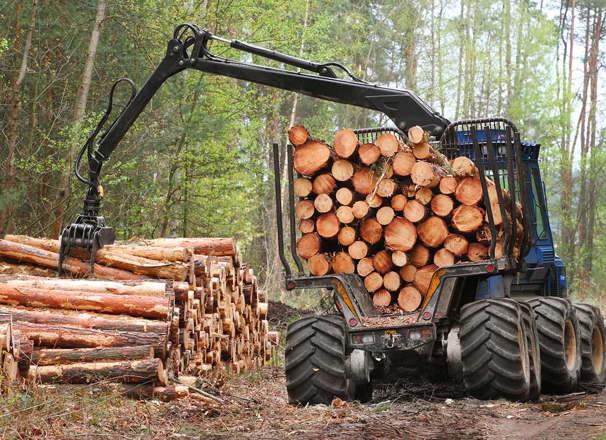Manufacturing engineers focus on creating and producing industrial and commercial products. These include:
- Machinery and equipment
- Consumer electronics such as cell phones and computers
- Home appliances such as refrigerators and toasters
- Home fixtures such as furniture and windows
- Oil and gas products
- Chemical products such as detergent and fertilizer
- Pharmaceutical products (drugs)
- Leisure equipment such as snowboards and roller blades
- Food and beverages
- Vehicles, from cars to planes
- Clothing and textiles
- Products that are sensitive to the environment (for instance, made of recycled materials)
In general, manufacturing engineers develop, evaluate, and improve manufacturing systems and methods. They apply their knowledge to:
- Product design
- Materials and parts
- Fabrication processes
- Tooling and production equipment capacity
- Assembly methods
- Quality control standards
- Project management
They also strive for processes that produce good customer value with zero waste. For example, they:
- Work with planning and design staff on product design and tooling to ensure low-waste production methods
- Consult with customers on developing new products and enhancing existing ones
- Work with vendors on product specifications
- Analyze space requirements and workflow
- Design efficient and ergonomic layouts for equipment and workstations
- Work with agencies that regulate safety, design, and environmental concerns
- Decide whether to produce parts in-house or buy them elsewhere
- Set production standards, change manufacturing methods, and automate processes
- Test equipment or products and report on results
- Arrange to buy equipment, materials, or parts
- Estimate production times, staffing needs, and related costs
- Design, plan, and set up production equipment
- Come up with ideas for racks, bins, and other containers to hold and protect parts and subassemblies
- Plan for future manufacturing needs and opportunities
- Provide content for manufacturing work instructions, visual aids, and training resources
- Participate in design reviews
- Provide feedback about manufacturability and process capability
- Introduce key performance indicators (KPI), monitor measurements, and study results for ways to reduce process variance, defects, and costs
- Implement product and process engineering changes
In smaller companies, manufacturing engineers often have a wide range of tasks and duties. They may be involved from developing a product to shipping it.
Manufacturing engineers may specialize in different areas.
When designing products, they use computer-aided design (CAD) software to design products that meet performance, quality, and cost targets. They consider product impact, including how it will be used, serviced, and decomposed or recycled.
When designing and improving processes, they develop process specifications to optimize efficiency. They may develop new processes or automate existing ones.
When designing facilities, they may select locations and equipment for manufacturing products. They may also design materials-handling systems.
When managing operations, they take part in capacity management and production planning, scheduling, and control. They also manage inventory and logistics.
They may specialize in information systems for manufacturing. They design, implement, and operate these advanced systems throughout the enterprise.
They may specialize in machine and process reliability. They optimize maintenance schedules to focus on preventing problems.
They may also specialize in tooling and fixture design and analysis.



